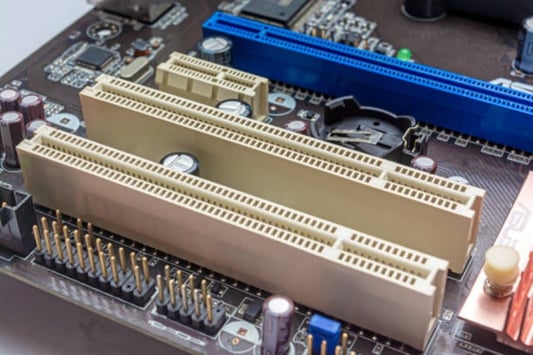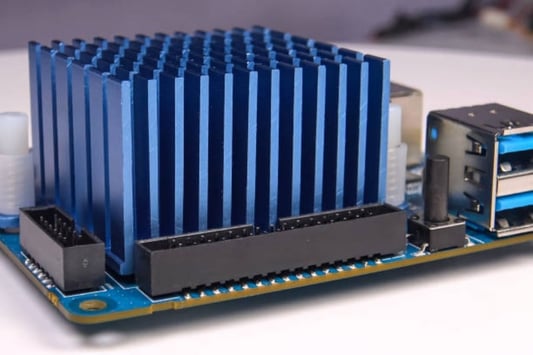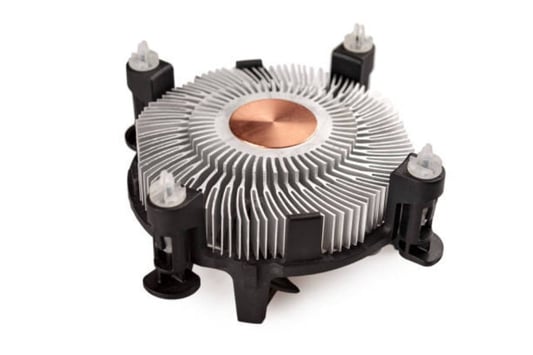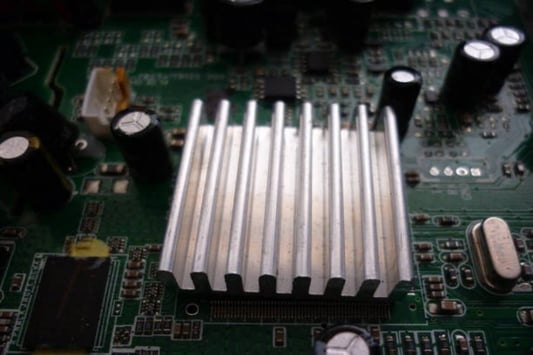Introductionheat sink silicone is a crucial component used in the manufacturing process of electronics. It is used to regulate temperature and prevent overheating in electronic devices and systems. In this article, we will provide an overview of heat sink silicone and its importance in electronics manufacturing.What is Heat Sink SiliconeHeat sink silicone is a thermal compound that is used to transfer heat away from electronic components. It is made up of a combination of silicone, metal oxide, and other materials that help to enhance its thermal conductivity. This compound is applied between the surface of a heat-generating component, such as a processor or graphics card, and the heat sink. Benefits of Heat Sink SiliconeThe use of heat sink silicone provides several benefits, such as:Increased heat transfer efficiencyImproved stability and reliability of electronic componentsReduced risk of damage caused by overheatingIncreased lifespan of electronic components and devicesTypes of Heat Sink SiliconeTwo types of heat sink silicone are commonly used: thermal paste and thermal pads.Thermal PasteThermal paste is a thick, viscous compound that is applied to the heat sink and the electronic component to create a thin and even layer. It is best suited for surfaces that are relatively flat and require a high degree of contact between the component and the sink. Thermal PadsThermal pads are made of a soft and flexible material that is pre-cut to the size and shape of the electronic component. They are easy to use and require no messy cleanup. They are best suited for components that are less flat and require more contact pressure.Application of Heat Sink SiliconeApplying heat sink silicone requires careful and precise handling to ensure optimal performance and effectiveness. The following steps should be followed:Clean the surface of the electronic component and the heat sinkApply a small amount of heat sink silicone to the center of the component's surfaceSpread the paste evenly across the surface of the component using a plastic applicatorSecure the heat sink to the component with screws or clipsChoosing the Right Heat Sink SiliconeChoosing the right heat sink silicone is crucial to ensure optimal performance and effectiveness. The following factors should be considered:Thermal conductivityViscosityCure timeCompatibility with electronic components and surfacesHeat Sink Silicone MaintenanceProper maintenance is essential to ensure the effectiveness and longevity of heat sink silicone. The following tips should be followed:Regularly clean the heat sink and electronic component surfacesReapply heat sink silicone as needed to maintain optimal heat transfer efficiencyCheck for any signs of deterioration or wear and replace as necessaryCost of Heat Sink SiliconeHeat sink silicone is an affordable solution for regulating temperature and preventing overheating in electronics. The cost varies depending on the type, brand, and quality of the product. Generally, thermal paste is more expensive than thermal pads.ConclusionHeat sink silicone is a crucial component used in the manufacturing of electronic devices and systems. It helps to regulate temperature, prevent overheating, and improve the stability and reliability of electronic components. Choosing and applying the right heat sink silicone, and following proper maintenance is essential to ensure optimal performance and longevity.heat sink silicone, thermal paste, thermal pads, heat transfer efficiency, electronic components Heat Sink Silicone: An Overview of its Importance in ElectronicsLearn everything you need to know about heat sink silicone, including its importance in regulating temperature, preventing overheating, and improving the stability and reliability of electronic components. cost of heat sink silicone, heat transfer efficiency, thermal conductivity, thermal pads vs thermal paste, choosing the right heat sink silicone Quote Inquiry










